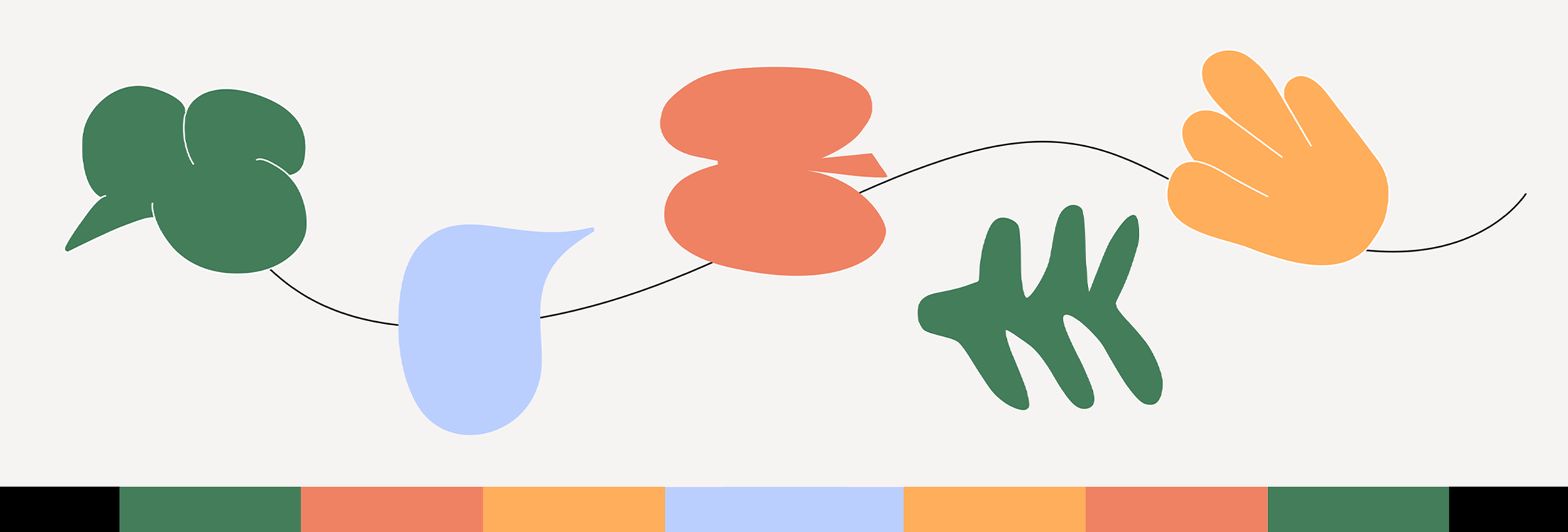Provocations
“...if I didn't define myself for myself, I would be crunched into other people's fantasies for me and eaten alive.”
While this is undoubtedly one of Audre Lorde’s most famous quotes, it is often shared without the sentence that precedes it. The expanded quote reads:
“As a Black lesbian mother in an interracial marriage, there was usually some part of me guaranteed to offend everybody’s comfortable prejudices of who I should be. That is how I learned that if I didn't define myself for myself, I would be crunched into other people's fantasies for me and eaten alive.”1
Naima Green is a photographer whose work embodies the fullness of this expanded quote—the universal need for self-definition born from the specificity that comes through Lorde’s experience and identity. As Naima says, her photography expands the archives of the future by making it impossible for people to, “say that we didn't exist in the way that we did and in the ways that we are right now.” Within Naima’s practice is a willingness to challenge the power dynamics between the archived and the archivist, devising experiments to turn the camera on herself and creating spaces of care with those she photographs. Through the intimacy and trust she cultivates in her process, Naima brings out a multi-dimensionality that honors specific experiences and lives. This expands the terms of the universal, the boundaries of belonging and the archives we can turn to for self-affirmation and self-definition. In this way, Naima’s practice raises three important provocations for those working with identity and belonging that can be applied across a variety of sectors.
1.
Specificity is expansive and requires intimacy and trust
Naima’s body of work, from self-portraits guided by "instructions" from other people, to Jewels of the Hinterland, which pictures Black creatives in lush, green, natural spaces, reflects how specificity can be expansive rather than constrictive. Naima’s photos disrupt assumptions about identity through their specificity. They reflect the multidimensionality in personhood, rather than relying on pre-existing notions of identity to create a photo that “makes sense” to an external audience. They show that we can be many things at once, creating new opportunities for bridging and connection across perceived difference. For someone being photographed, sharing the specific can be extremely vulnerable. In order to allow this to come out, Naima’s practice revolves around creating containers of care, intimacy and trust.
Community engagement processes, from policy development to urban planning, often fail to capture a similar level of specificity, one that reflects the complexity of humanness. Often these fail to create authentic and meaningful belonging. Instead, these community engagement processes trend towards composites or archetypes in pursuit of a universal medium—a reflection of "saming" rather than "belonging." Creating processes rooted in care, that reflect people in the specificity of their personhood can support the creation of more insistently human systems and policies.
2.
Archives can provide care for the future
The archive—a broad, accessible collection of historical information and knowledge, is a potentially limitless space, constantly in revision through the actions and interrogations of archivists. Through her photography, Naima intentionally adds to the archive as an opportunity to care for future and present generations. For example, Naima’s project Pur·Suit expands upon the landmark Dyke Deck created by Catherine Opie a generation prior, which was a playing card deck featuring images of primarily white, self-identified dykes. By focusing on queer, trans, and gender non-binary people of color, Naima addresses some of the gaps of information, holes, and absences about the communities she is part of. The impacts of this resonate in the present. Naima often receives messages of gratitude from people who are affirmed by this work. They also mend the archive, reflecting to future generations that people with shared experiences and identities came before them. This sense of belonging, not just to the present but to the historical record, is incredibly powerful for an individual sense of self and belonging. It is also incredibly threatening to the dominant story. Archive, after all, comes from a Greek root meaning “house of the ruler.” In expanding the archive, Naima’s work challenges narrow definitions of collective belonging, leaving evidence and precedent through witnessing and recording one’s communities through a practice centered on care.
3.
Stop capturing death and start capturing possibilities
When invited to create a piece on the billboard above the site of George Floyd’s murder in Minneapolis, Naima initially refused. The incessant capturing and broadcasting of Black Death, communicates not only the death of Black people but also Black possibilities and futures. Naima has made an intentional commitment to not create pictures of death. Only when she remembered she was in charge of the image and that it didn’t have to deal with death, did she consent to the commission. In describing her thought process behind the billboard “& Full of Dreams, Too,” Naima walks us through how the conscious choice to exclude Black figures and portraiture and instead portray luscious green space was an intervention of care in and of itself. The piece is an invitation into a space of possibility. This expands what we consider a care intervention and demonstrates the importance of centering possibility in practices of care.


